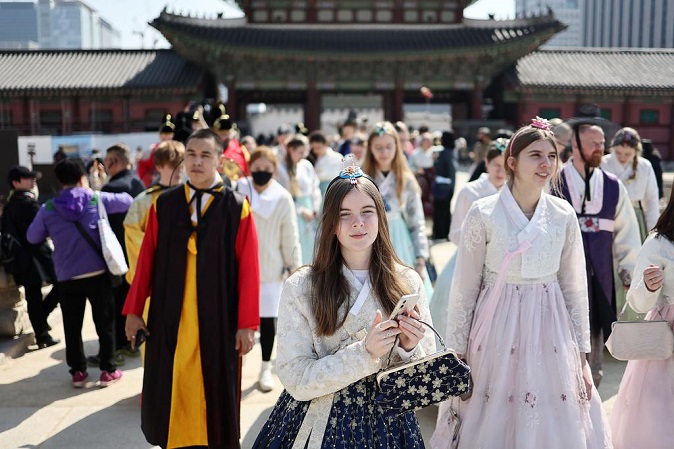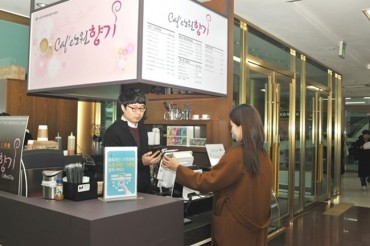SEOUL, April 27 (Korea Bizwire) — As social distancing policies have ended in South Korea, the number of foreign tourists visiting the country has been on the rise.
And Depending on their nationality, these tourists tend to purchase different products during their stay.
The Korea Chamber of Commerce and Industry conducted a survey of 400 foreign tourists who were leaving the country after their visit, which revealed that many foreigners purchased clothes and leather products (30.8 percent), cosmetics and perfumes (30 percent), and food products (29.3 percent).
The majority of Asian tourists bought cosmetics (38.5 percent). Most North American and European tourists bought clothes and leather products (39.6 percent each).
The data also revealed that 75.8 percent of Chinese tourists bought cosmetics and perfumes, while most Japanese tourists bought food products (41.9 percent). A majority of U.S. tourists purchased clothes and leather products (43.4 percent).
Chinese tourists considered the brand (35.5 percent) as the most important factor when purchasing a product. Japanese tourists preferred to buy products that were uniquely Korean (33.8 percent).
U.S. tourists looked at the quality of the product before purchasing (39.6 percent).
Each nationality had different favorite shopping destinations. Chinese tourists largely preferred to shop at department stores (87.1 percent), followed by duty-free shops in urban areas (85.5 percent), and cultural complexes (72.6 percent).
Japanese tourists largely preferred convenience stores (86.5 percent), small shops (52.7 percent), and large discount stores (51.4 percent).
American tourists preferred convenience stores and department stores (62.3 percent each) as well as traditional markets (58.5 percent).
H. M. Kang (hmkang@koreabizwire.com)







